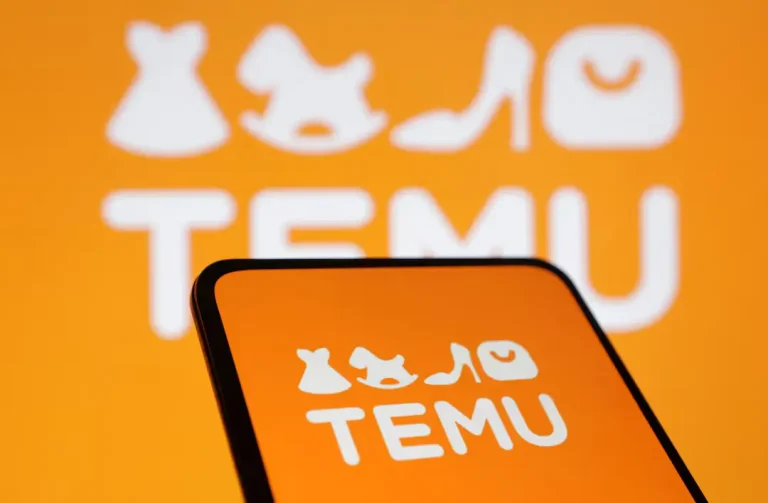Orkla India: Market Awaits MTR Foods Listing, What’s Next for Investors
Orkla India made a high-profile entrance into the IPO season, with the company behind MTR Foods drawing strong demand from institutions and retail investors. This article explains the listing action, what drove early pricing, and how retail investors can think about the next steps, in simple language and clear takeaways.
Orkla India IPO snapshot: What happened on listing day
Orkla India’s public issue was a 100 percent offer for sale worth about ₹1,667.54 crore, with the price band fixed upto ₹730 per share. The IPO was heavily oversubscribed, about 48.7 times on the final day, showing strong demand. The allotment was finalised on November 3, shares were credited to demat accounts on November 4, and the formal market debut came on November 6.
The shares are listed modestly above the IPO price. Early BSE pre-open quotes showed ₹751.50, and NSE listing was near ₹750.10, implying roughly a low single digit to near 3 percent premium on debut. Media outlets and market reports tracked the live listing action and valuation moves in real time.
Why did this IPO attract attention?
- Brand strength, MTR Foods, and Eastern Condiments are established consumer brands with a wide retail reach.
- Anchor support, institutions put in nearly ₹499.6 crore into the anchor book, a sign of institutional confidence ahead of the public offer
- Supply and demand, a tight offer for sale, and strong retail appetite pushed the subscription numbers very high.
Why does this matter? Bigger brands and anchor buying give credibility, oversubscription shows short-term demand; listing premium reflects immediate market appetite.
Orkla India IPO listing price details, GMP and listing premium
The grey market premium fell from early highs and was reported at lower levels ahead of listing, suggesting some cooling in grey market enthusiasm; however, GMP still indicated potential for listing gains earlier in the week. Note, GMP is informal and speculative.
On listing day, Orkla India listed at about a 3 percent premium, with intraday ranges seen between ₹715 and ₹760; the market cap crossed the ₹10,000 crore territory based on the listing price. Upstox calculated per lot gains for retail investors who received allotment; live coverage tracked small but real listing gains.
Why is the GMP falling ahead of the listing? GMP falls when speculative demand eases, or when supply expectations change; also, because more data, such as allottees and anchor participation, makes real pricing clearer to market participants.
Market reaction, social signals, and expert voice
Mainstream business outlets covered the listing as a measured debut rather than a blowout. Moneycontrol tracked pre open trades and company financials, noting FY25 revenue and margins that supported fair valuation talk. NDTV Profit highlighted the oversubscription and the slowing GMP ahead of listing, cautioning investors that GMP is unofficial.
On social platforms, market handles and commentators shared instant reactions. For example, Fortune India flagged the strong anchor response and the scale of funds raised by anchors, while Bajaj Broking provided bite size market updates around listing time.
A number of retail traders on X shared live reactions on both excitement and caution about short term listing gains versus long term business value. Use these social signals as crowd sentiment, not investment advice.
Orkla India’s financial health: What the numbers say
Key numbers cited in live coverage and filings include FY25 revenue around ₹2,394.7 crore, an EBITDA margin near 16.6 percent, and a PAT margin around 10.7 percent.
These figures point to a business with a steady margin profile in branded foods, driven by spices and convenience foods. Analysts highlighted distribution scale as a strength for long term growth.
What this means for investors, short term and long term
Short term view: Listing gains were modest, so traders who bought on IPO day saw small profits if they sold at market open. Volatility is normal on debut day; intraday swings between the opening and highs reflect market microstructure and block trading.
Long term view: For buy and hold investors, focus on brand durability, distribution reach, margin expansion potential, and new product play. Orkla India is a branded packaged food business; if the company can sustain distribution growth and margin discipline, a patient investor could consider a multi quarter horizon. Analysts quoted by market press generally suggested holding for the long term rather than flipping for score.
Should I buy the stock after listing? Decide based on your horizon: if you are a short term trader, listing moved only a few percent and the opportunity may be limited; if you are a long term investor, evaluate the business metrics, compare valuations to peers, and consider a phased buying plan.
Quick checklist for retail investors, practical steps
- Confirm allotment and demat credit before deciding; record your cost basis.
- Watch the first week of trading for any sustained trend, volume build up, or large block trades.
- Revisit valuations after public market pricing; compare PEG and margins with similar FMCG names.
- Decide exit rules: set stop loss or target levels, avoid emotional selling on headline moves.
Video resource for deeper context
For a clear business and listing primer, see an IPO explainer video, such as the Orkla India IPO review on YouTube, which walks through business model, risks and listing dynamics. This helps visual learners understand balance sheet drivers and how the market priced the stock on day one.
Conclusion
Orkla India listed with modest gains, reflecting a mix of strong primary market demand and cautious short term market pricing. For retail investors, the listing offers a learning moment: anchor support and brand strength matter, but GMP and early enthusiasm are imperfect guides.
Focus on business fundamentals, margin health, and distribution leverage for a long term view; for traders, manage position size and plan exits. The IPO outcome underlines that big brand names may deliver steady returns over time rather than explosive short term listing gains.
Investor takeaway: Orkla India is a well known consumer play with early institutional validation; treat the listing as the start of a public track record; use disciplined research, not crowd noise, to decide how much of your portfolio should be exposed to this stock.
FAQs
The Orkla India IPO allotment was finalised on 3 November 2025 and shares were credited to the Demat account on 4 November 2025. Investors could check allotment status through registrars and broker apps.
The Orkla India IPO grey market premium (GMP) moved lower before listing and hovered near a low single digit premium range ahead of debut. GMP is unofficial and can change quickly.
Orkla Group, the Norway based consumer major, owns MTR Foods in India. It acquired a majority stake earlier and it comes under the Orkla India umbrella.
Public market reports show Orkla India records profit margins of 10 to 11 percent and reported PAT around ₹250 crore plus range in the latest year as per IPO coverage data.
Orkla owns several consumer food brands through Orkla India, including MTR Foods and Eastern Condiments. Globally it is a diversified branded consumer goods group.
Disclaimer
The content shared by Meyka AI PTY LTD is solely for research and informational purposes. Meyka is not a financial advisory service, and the information provided should not be considered investment or trading advice.






